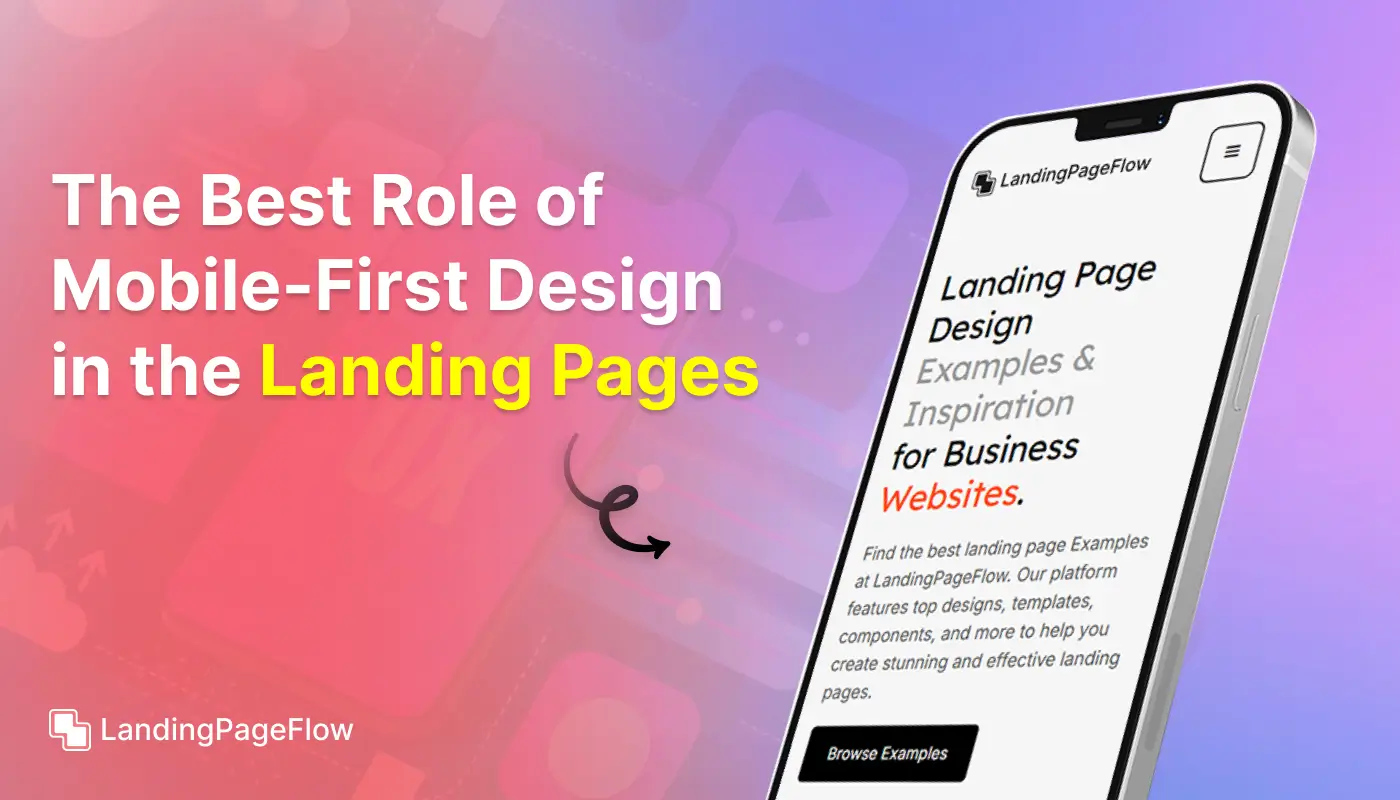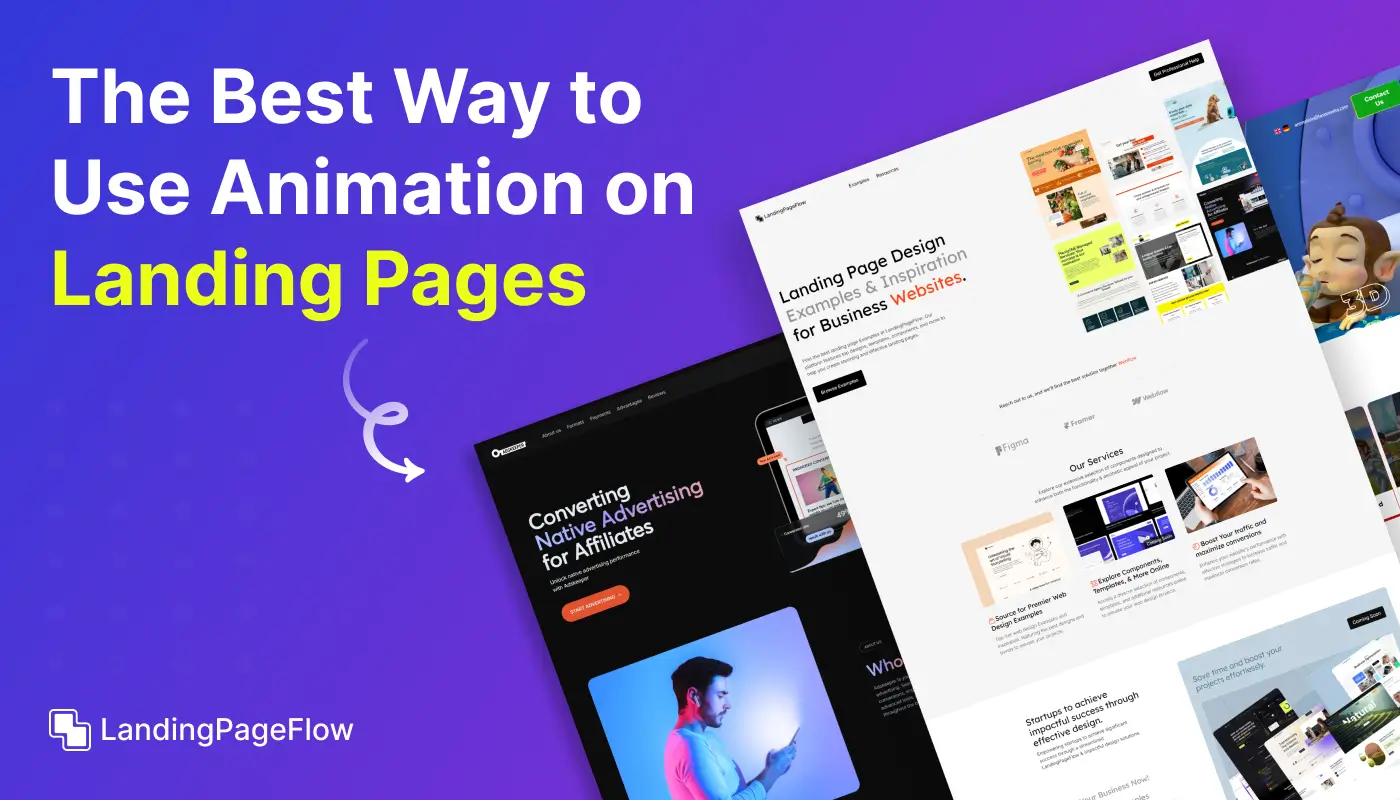How to Build a Great Landing Page That Converts Visitors into Customers

November 14, 2025
Creating a landing page that genuinely converts requires more than just good looks. A successful page balances persuasive design, clarity, and intent-driven content.
Strong visual hierarchy keeps visitors focused on the key message while removing distractions that reduce conversions.
Every section must serve a purpose. Calls-to-action should be placed strategically to guide users seamlessly through the page journey, encouraging the next step without friction.
Trust-building elements such as testimonials, guarantees, or recognizable brand logos make visitors feel safe and confident in their decision. Personalized messaging that speaks to the visitor’s needs and goals strengthens the emotional connection and improves conversion likelihood.
Data-driven optimization ensures each landing page continues to improve over time by analyzing visitor behavior and testing different versions. A well-crafted landing page doesn’t just inform but also inspires visitors to take meaningful action that supports your business goals.
"Ready to create a landing page that wins customers?
Access your free strategy guide & learn what drives clicks, trust, and sales."
Table of Contents
- Introduction
- Key Elements of a High-Converting Landing Page
- Compelling Headline
- Clear Call-to-Action (CTA)
- Persuasive Copy
- Engaging Visuals
- Trust Elements (Social Proof, Testimonials)
- Design Best Practices For Landing Pages
- Simplify the User Experience
- Use a Clean, Focused Layout
- Optimize for Mobile Devices
- Speed is Crucial
- How to Use A/B Testing to Improve Conversion Rates
- Tips For Driving Traffic to Your Landing Page
1. Introduction

A great landing page is designed with a single goal in mind: to convert. Whether you're selling a product, gathering email subscribers, or promoting a service, your landing page should guide visitors to take specific action.
But how do you ensure that your landing page is truly effective in turning visitors into customers?
In this post, we’ll break down the key elements of a successful landing page, share best practices for design and user experience, and show you how to optimize your page to increase conversions. Let’s dive in!
2. Key Elements of a High-Converting Landing Page

To build a landing page that truly converts, you need to incorporate the following elements:
Compelling Headline
The headline is the first thing a visitor sees when they land on your page, so it must grab their attention immediately. Your headline should:
- Be Clear and Direct: Make sure visitors understand what your page is about in a few seconds.
- Speak to the Visitor’s Need or Pain Point: Address the reason why they landed on your page in the first place. What problem are you solving for them?
- Be Benefit-Oriented: Focus on the value visitors will get, rather than just describing the product or service.
Example: “Get More Leads with Our Proven Digital Marketing Strategies”
Clear Call-to-Action (CTA)
The CTA is the most crucial element of your landing page. It’s the action you want visitors to take, whether it’s making a purchase, signing up for a newsletter, or requesting a demo. A good CTA should:
- Be Action-Oriented: Use strong verbs like “Download,” “Start,” “Get Started,” “Buy Now,” or “Claim Your Offer.”
- Stand Out Visually: Make the CTA button eye-catching with a contrasting color and place it above the fold (on the screen without needing to scroll) as well as at the bottom of the page.
- Create a Sense of Urgency: Use time-sensitive language like “Limited Time Offer” or “Join Now and Save 20%.”
Persuasive Copy
The copy on your landing page should focus on the benefits of your offer, not just the features. Explain how your product or service solves a specific problem or improves the visitor’s life. When writing copy, follow these tips:
- Keep It Concise: Focus on what’s most important. Avoid long paragraphs, and use bullet points to break up text.
- Address Pain Points: Speak to the challenges your audience faces and explain how your offer provides a solution.
- Incorporate Value Propositions: Highlight what makes your product or service unique and why it’s the best choice for the visitor.
Engaging Visuals
Images, videos, and other media are key to grabbing attention and supporting your message. Here’s how to use visuals effectively:
- Use High-Quality Images or Videos: Make sure your visuals align with your brand and enhance the offer. Show products in use or provide a visual explanation of how your service works.
- Keep it Relevant: Avoid generic stock photos. Use visuals that resonate with your target audience and strengthen your message.
- Incorporate a Hero Image or Video: A compelling image or video at the top of the page can draw people in and make them feel emotionally connected to your offer.
Trust Elements (Social Proof, Testimonials)
Trust is essential for conversions. Visitors are more likely to make a purchase or take an action if they feel confident in your offer. Use the following trust elements:
- Customer Testimonials: Showcase positive feedback from happy customers to build credibility.
- Case Studies or Reviews: If possible, include a case study or user reviews to show real-world results.
- Security Badges: For pages requesting sensitive information (such as payment), include security symbols to reassure visitors that their data is safe.
3. Design Best Practices For Landing Pages

The design of your landing page is just as important as the content. A well-designed
landing page will make it easier for visitors to navigate, understand your offer, and convert. Follow these design best practices:
Simplify the User Experience
Keep the design clean and uncluttered. Avoid distractions like navigation menus, sidebars, and unnecessary links that could pull visitors away from the main goal. Every element should serve the purpose of guiding visitors to the CTA.
Use a Clean, Focused Layout
The layout of your landing page should be straightforward and guide the visitor’s eye through the page. Make sure your:
- Headline is prominent at the top.
- CTA button is easily visible and accessible.
- Supporting elements like visuals, benefits, and trust signals are strategically placed to reinforce your message.
Optimize for Mobile Devices
A large percentage of users will access your landing page on their phones. To ensure a smooth experience:
- Use a responsive design: Your landing page should adapt to different screen sizes and devices.
- Simplify forms: If you have a form on the page, keep it short and easy to fill out on a mobile device.
Speed is Crucial
Visitors are impatient, and if your page takes too long to load, they may leave before even seeing your offer. To optimize speed:
- Compress images and other media files without sacrificing quality.
- Minimize the use of heavy scripts that slow down the page.
- Test load times regularly to ensure fast performance.
4. How to Use A/B Testing to Improve Conversion Rates

Even after you’ve launched your landing page, it’s essential to continually optimize it for better performance.
A/B testing (split testing) is a great way to test different versions of your landing page to see which one works best. Focus on testing one element at a time, such as:
- Headline text or layout
- CTA button color or wording
- Visuals or media placement
- Copy structure or length
After testing, analyze the results and implement the winning version. Continually running A/B tests will help refine your landing page over time and improve your conversion rates.
5. Tips For Driving Traffic to Your Landing Page

Creating a great landing page is only part of the process. You also need to drive traffic to it. Here are a few strategies:
- Paid Ads: Run targeted ads on platforms like Google Ads, Facebook, or Instagram to send qualified traffic directly to your landing page.
- Email Marketing: Promote your landing page through email campaigns and newsletters.
- Social Media: Share links to your landing page on your social media profiles or within relevant posts.
- SEO: Optimize your landing page for search engines so it ranks for keywords related to your offer.
Conclusion
Building a landing page that truly converts is about aligning design, copy, and user psychology into one seamless experience. Every element has its role to play.
A strong structure keeps visitors engaged and naturally directs their attention toward the action you want them to take. Subtle design cues reinforce intent.
Content written for clarity, persuasion, and trust ensures visitors know exactly why they should move forward instead of hesitating. Conversion-focused visuals, trust signals, and simple layouts create a sense of ease and remove potential barriers.
Testing strengthens these outcomes. Ongoing optimization is what separates an average page from one that consistently delivers growth. Data helps fine-tune performance.
A landing page should not just attract attention but also inspire action that drives measurable business results over the long term.

FAQ
1. What is the main purpose of a landing page?
A landing page is designed to focus visitors on a single action, such as signing up, downloading, or purchasing, by minimizing distractions and guiding intent.
2. How many CTAs should a landing page have?
A landing page should have one primary CTA repeated strategically, ensuring consistency and clarity while preventing user confusion.
3. Do images and videos improve landing page conversions?
Yes, visuals can boost conversions by making content more engaging and showing products or services in action, but they must load quickly to avoid drop-offs.
4. How long should a landing page be?
The ideal length depends on the offer. Short pages work for simple actions, while long pages help explain complex products or services requiring more trust.
5. Why is A/B testing important for landing pages?
A/B testing allows you to compare different versions of headlines, CTAs, or layouts to discover which performs best and maximizes conversion rates.
6. Are landing pages still effective in 2025?
Yes, landing pages remain essential because they offer a focused, distraction-free environment tailored to drive specific actions and measurable results.



















